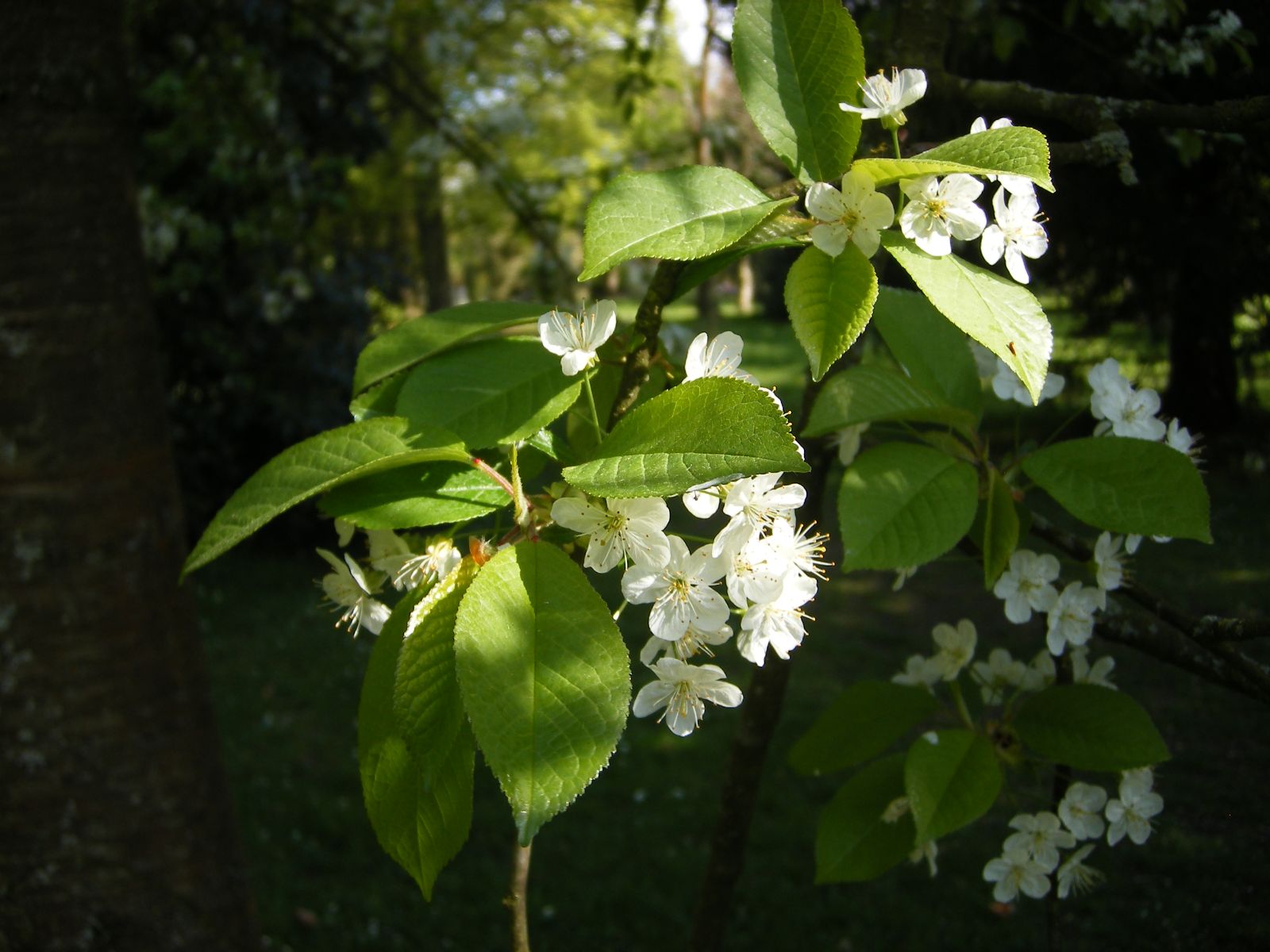Prunus × fontanesiana
Credits
Article from Bean's Trees and Shrubs Hardy in the British Isles
Recommended citation
'Prunus × fontanesiana' from the website Trees and Shrubs Online (treesandshrubsonline.
Genus
Synonyms
- Cerasus fontanesiana Spach
- P. graeca Steud.
Other taxa in genus
- Prunus alleghaniensis
- Prunus americana
- Prunus × amygdalo-persica
- Prunus amygdalus
- Prunus angustifolia
- Prunus apetala
- Prunus arabica
- Prunus argentea
- Prunus armeniaca
- Prunus avium
- Prunus besseyi
- Prunus brigantina
- Prunus campanulata
- Prunus canescens
- Prunus cantabrigiensis
- Prunus cerasifera
- Prunus cerasus
- Prunus cocomilia
- Prunus concinna
- Prunus conradinae
- Prunus consociiflora
- Prunus cornuta
- Prunus cuthbertii
- Prunus dasycarpa
- Prunus davidiana
- Prunus × dawyckensis
- Prunus dielsiana
- Prunus domestica
- Prunus dulcis
- Prunus emarginata
- Prunus fruticosa
- Prunus glandulosa
- Prunus grayana
- Prunus himalaica
- Prunus hortulana
- Prunus humilis
- Prunus ilicifolia
- Prunus incana
- Prunus incisa
- Prunus jacquemontii
- Prunus kansuensis
- Prunus lannesiana
- Prunus laurocerasus
- Prunus litigiosa
- Prunus lusitanica
- Prunus maackii
- Prunus mahaleb
- Prunus maritima
- Prunus maximowiczii
- Prunus microcarpa
- Prunus mira
- Prunus mugus
- Prunus mume
- Prunus nigra
- Prunus nipponica
- Prunus orthosepala
- Prunus padus
- Prunus pensylvanica
- Prunus persica
- Prunus pilosiuscula
- Prunus prostrata
- Prunus pumila
- Prunus rufa
- Prunus salicina
- Prunus sargentii
- Prunus serotina
- Prunus serrula
- Prunus serrulata
- Prunus sibirica
- Prunus × sieboldii
- Prunus simonii
- Prunus sogdiana
- Prunus speciosa
- Prunus spinosa
- Prunus ssiori
- Prunus subcordata
- Prunus subhirtella
- Prunus takesimensis
- Prunus tangutica
- Prunus tenella
- Prunus tomentosa
- Prunus triloba
- Prunus virginiana
- Prunus × yedoensis
A deciduous, quick-growing tree 40 ft or more high; young shoots covered with shaggy down. Leaves ovate to oval, sometimes heart-shaped, 3 to 5 in. long, 11⁄2 to 21⁄2 in. wide, doubly round-toothed, somewhat hairy on the midrib and veins; leaf-stalk 3⁄4 to 11⁄4 in. long, very downy, glandular. Flowers 1 in. across, white, produced during May on short, broad racemes of about five to seven, sometimes ten, flowers from the buds of the previous year’s wood, each flower on a stalk 1⁄2 to 3⁄4 in. long, the common stalk 3⁄4 to 1 in. long, downy. Fruits globular, the size of a small cherry, somewhat bitter, nearly black, very sparingly borne.
This tree was originally introduced to Paris from Greece and is believed to be a natural hybrid between P. avium and P. mahaleb. The form of the inflorescence is certainly intermediate, and the very downy shoots show P. mahaleb. The tree has much the habit of P. avium, and when in flower it is quite as beautiful as the typical form of that species, or even more so.

